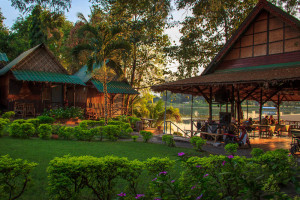 After another eventful day in Bangkok, I boarded the train to Kanchanaburi. The city with striking contrasts – beautyful nature and a not so old but very dark and moving part of history.
After another eventful day in Bangkok, I boarded the train to Kanchanaburi. The city with striking contrasts – beautyful nature and a not so old but very dark and moving part of history.
Most people recommended me not to take the train since it was supposed to be slow, loud and uncomfortable. For me, that sounded just right. As I wrote before, the plan was to travel as the locals do and to do it slowly and thoroughly. Once we took off at Thonburi Train Station, the train click clacked and rattled through the city’s outskirts and then through lush and green fields, palm forests and by small villages and train stations. With the wind blowing in my face through the wide open windows, I enjoyed every bit of the ride. Despite that it was what we Germans call “Holzklasse” (wood class).
In Kanchanaburi I got a rikscha driver to show me around and he brought me to a beautiful guesthouse right on the banks of the river Kwai. With 150 Baht per night (3,75 Euros) the price was right as well and I checked in. The place was so chilled out and the view from the restaurant terrace was breath taking.
After I had sorted myself out, I set off to take in some history which this area has a lot on offer. Made famous by the movie, the bridge over the river Kwai is only a 20 minute walk from the town’s center. It was part of the Thai-Burma Railway, also named Death Railway, built by prisoners of war during World War II. I wanted to find out more about the history and visited the Railway Museum. The Museum is well setup and helped me to grasp the whole scope of what was going on back then and under which circumstances the railway was built. It is a sad and moving part of history. Under the harshest conditions prisoners of war and workers from Asia had to build the railroad. Malnutrition, diseases and abuse by the guards demanded its toll. About 15.000 POWs and 90.000 Asians died during the construction. It was also a good chance to learn more about the World War in Asia and the impact it had on the situation in the region until today. The war cemetery is right beside the museum. Also a very moving place, especially after having heard of the POWs gruesome fate.
My visit to the bridge in the evening that day was against the background of that. It basically is only a bridge, but with all the history and what I had learnt before, it is definitely more than that. I wonder if all the tourists that go there (yes, it’s crowded) actually realize that. I took a few pictures and crossed the bridge reminiscing about how life must have been like, building this construct. I was lucky and just in that moment a train passed through. Safe on one of the side platforms, I could watch it go right past me. Very cool.
The next day, I went to check out another local attraction – the Erawan Waterfalls. At 8 in the morning I hailed the local bus by the road and hopped on. Yet another great means of transportation. The bus was old but stylish and slowly made its way to the falls, stopping here and there to pick up und drop off locals. The falls actually consists of 7 different waterfalls, one higher up than the other. I knew this place get’s crowded so I hurried and made my way up, stopping at every fall. No time for swimming yet, only pictures. The water in the pools is crystal clear and blue whith a variety of fishes. The path up to the seventh fall takes a bit and is demanding. Good thing I put on my hiking boots and very surprising that some people walked up in flip flops. After arriving at the top, I took the first dip which was super refreshing after the ascent in the heat. Funnily the fishes in the pools actually bite and nibble on your feet. It’s strange and everyone didn’t seem to stay in for long because of it. On the way down I swam at two more falls before it was time to catch the local bus again.
The day was topped off with a taste of good food on the local night market with new friends. Over the course of the evening our round got bigger and we ended up in a bar being like the United Nations with people from Italy, France, Denmark, Holland, Slovenia and Serbia. It’s great that you get to meet new people so easily while travelling. It’s not that easy at home, that’s for sure. Everyone usually has interesting stories to tell and it’s a constant exchange of plans. What’s the next destination, how can you get there, why don’t we go together. I am loving it. Most of the people from that night will go up North to cross into Laos and the plan is to try to catch up again along the way. I hope it’ll work out. Tomorrow I will catch a bus with a Remy, a French guy I met in Bangkok and bumped into here in Kanachanaburi again. It’s gonna be Ayuttaya which is all about ancient history and ruins.
Last thoughts…
It’s great to organize getting from A to B and trips to local attractions by yourself. It’s more of an adventure than just walking into an agency and booking a tour. With a little bit of research, it’s absolutely doable and often rewarded with great and unique experiences. Another recommendation is definitely to use the local means of transportation. It’s just original and you get in contact with the locals. Of course it takes more time, but if you have it, then go for that option.
Next stop Ayuttaya. Stay tuned, the adventure continues.
PS: On my third day I visited the Hellfire Pass, historically connected and well worth a visit. Just too much to lay out here in this article. If you want some information on it, just drop me a line.
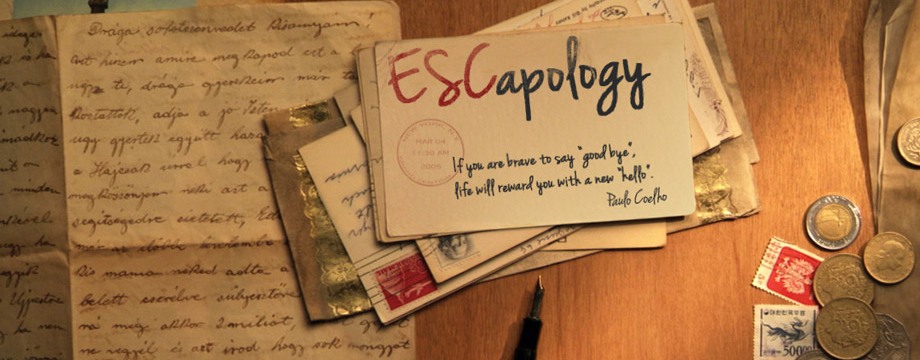
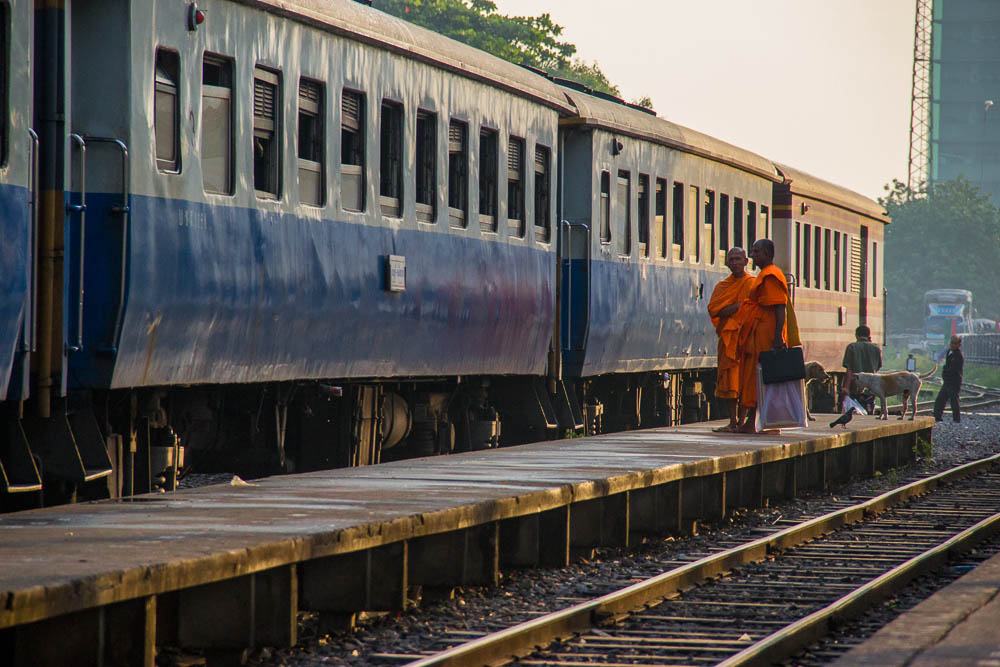
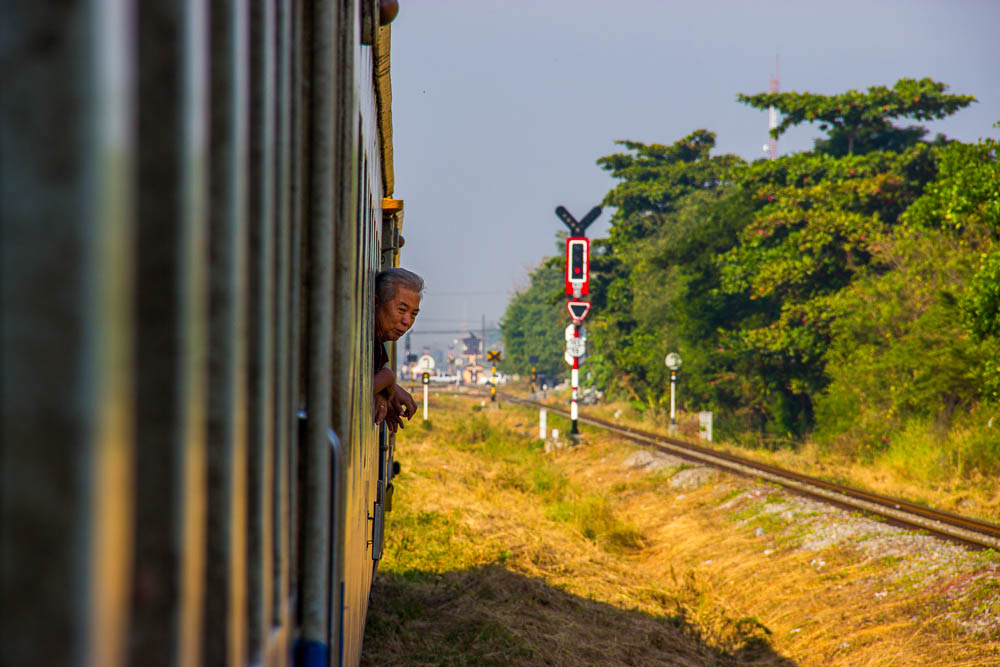
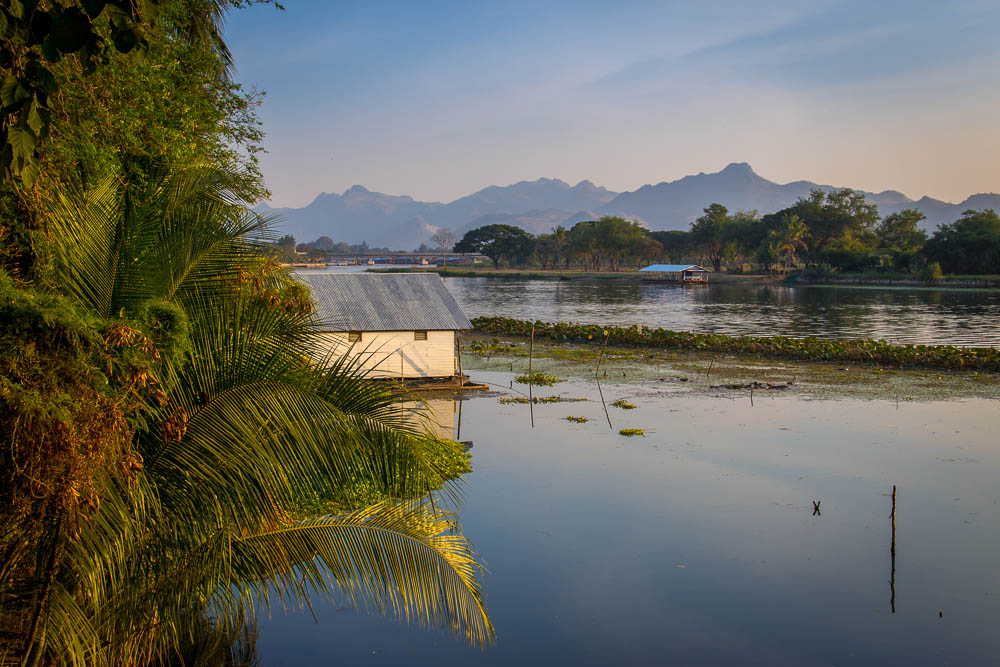
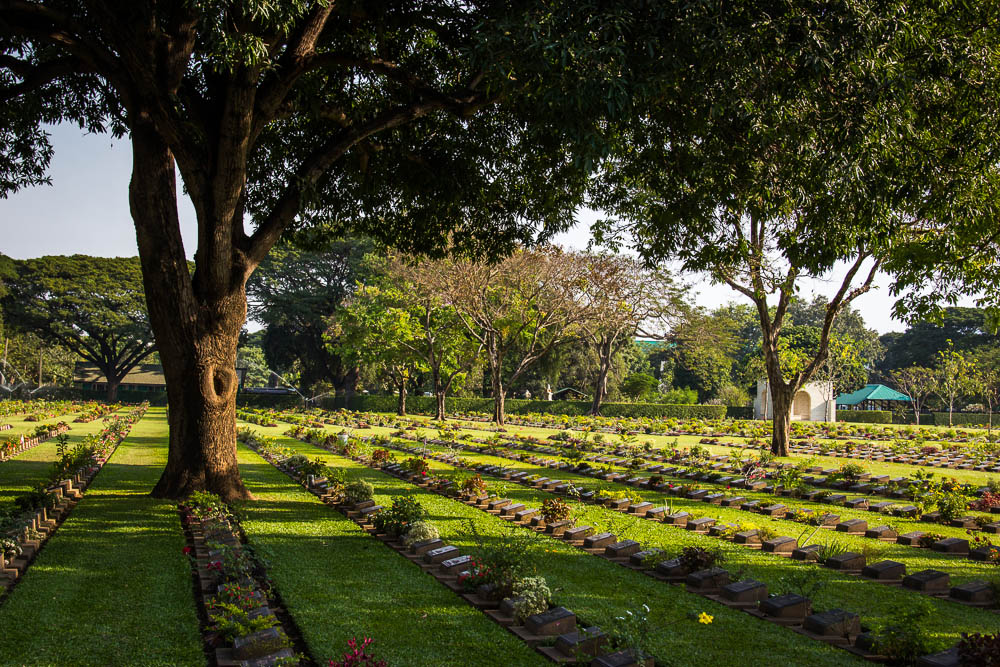
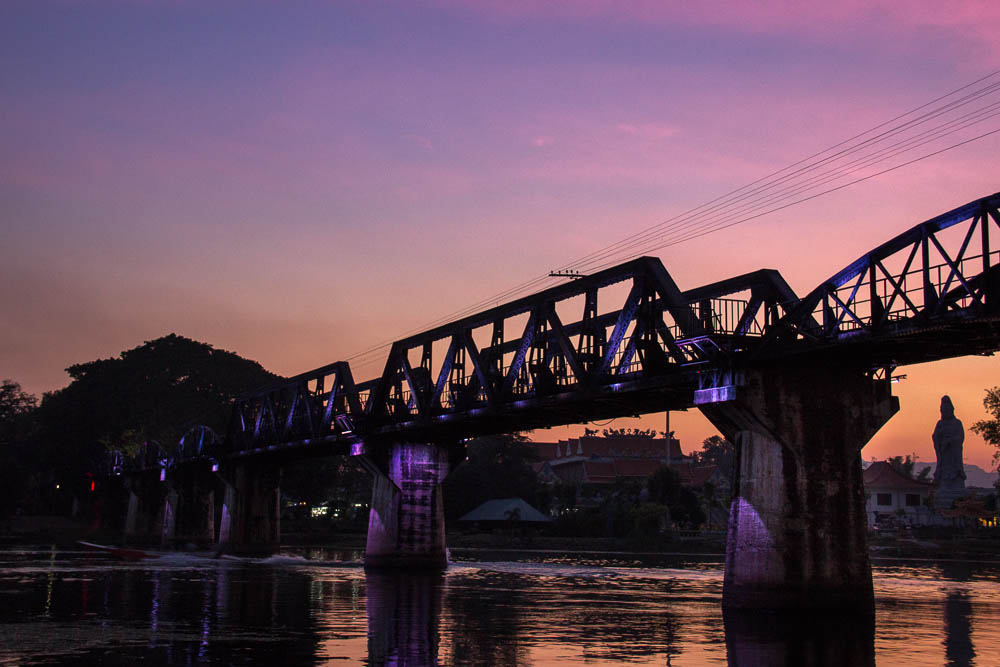


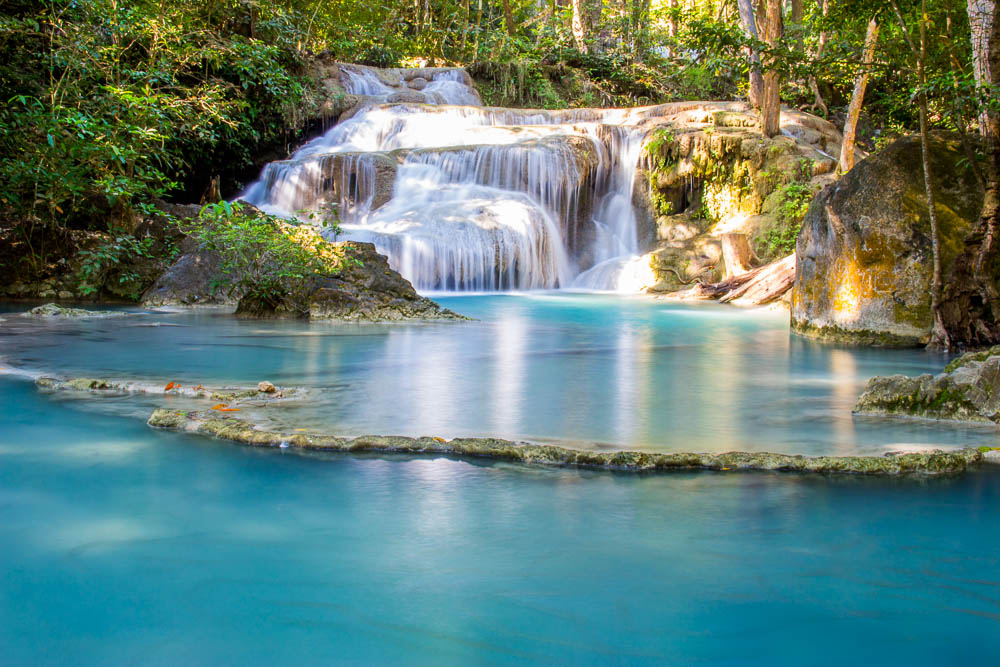




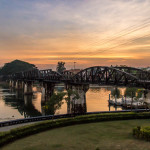
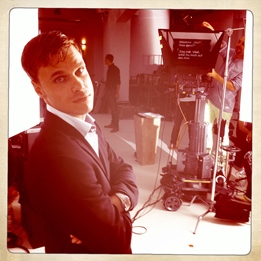










The water fall pictures are beautiful. I would love to see them. The pictures are so pretty they look like post cards.
Hey Deb, thanks for the compliment. Photography is fun and I am constantly improving. I still have a long way to go to be where I want to be. It’s easy to get practice here though – so many sights.
I need to travel again and I just got home !
Hi Palo, getting home is the worst after having been abroad for a while. Hope you are not having a hard time adapting again. The best way to get over it is to plan your next trip. Any plans made yet?
This post sounded better than the first! I love erawan waterfalls; I’ve seen that in your top list of waterfalls, magnificent! And you’ve just had your Fish Spa for free 😉 And the history at river kwai is touching. We appreciate one thing better if we know the story behind it. Now it’s not just another bridge! We’ve seen also cemeteries for war soldiers in Normandy (saving pvt Ryan) and in margraten in Holland, both impressive! Couldn’t help but be still.
Yeah, these places are very interesting and I like a little bit of history as part of my journeys. And yes, Erawan was impressive but it got too crowded after a while